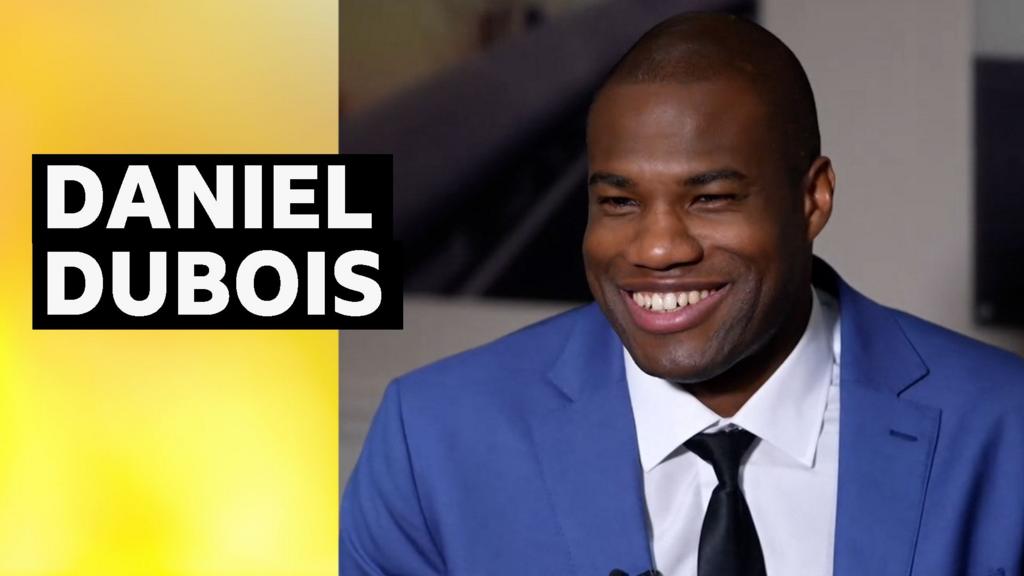The best leaders know how to inspire. Here’s how

The goal for any leader is to build strong and productive relationships with their team and other stakeholders. And the best way to do this is by inspiring their audience every time they speak. This means creating believers with every set of remarks, whether they’re having a brief hallway conversation or delivering a keynote speech.
But how? To inspire others, embrace these five fundamentals:
1. ADOPT AN INSPIRATIONAL MINDSET
The starting point for becoming an inspiring leader is developing the right mindset—one that is focused not on informing but on inspiring. Information, even when it’s up-to-date and accurate, lacks the power to move others. Avoid content-rich presentations or conversations full of too many facts. Instead, always be in “inspire” mode.
Inspire mode keeps you away from delivering content-heavy slides or numbing statistics, and instead gets you to engage your audience with your belief or idea. Bring your listeners to the realm of possibilities.
2. LISTEN INTENTLY
To inspire others, you need to listen intently. Leaders who fail to listen will not understand their audience’s mindset and they won’t be able to focus their message so it has maximum impact.
There are three ways to listen. First, listen with your body. Face your audience and align your body with the person (or people) to whom you are speaking. Stand or sit up straight. Keep a receptive expression on your face and make strong eye contact. Keep your arms open. This body language will send a message that you care about your audience.
Second, listen with your mind. You need to listen for the points the other person is making, and you also need to show that you’ve heard what they’ve said. You might interject phrases like “Oh, that’s so true” or “Yes, that’s a good point” or “I agree” or “Tell me more about that.” Such responses show that your mind is engaged and responsive.
Third, listen with your heart. When you listen with your heart, you show that you are emotionally engaged. Heartfelt responses include being polite, being sensitive, and using expressions like “I share your feelings” and “That must have been difficult.” (For a full discussion of these three ways to listen, consult the chapter “Listen, Listen, Listen” in my book Speaking as a Leader.)
3. SPEAK WITH A MESSAGE
If you want to inspire, you need to speak with a message. Without a big, central idea, you can’t expect people to follow you.
Your message should be stated at the beginning of your remarks and elaborated on by everything else you say. So, after opening your conversation or speech with a bridge or a grabber, get to your point. If you’re giving formal remarks, you might say “My message to you is . . .” If it’s a less formal situation, you might say, “I believe that . . .” Own your message and present it clearly at the beginning.
After you state your message, prove it. This requires sharing supporting evidence, usually in two to four points. You’ll lift your audience’s thinking from “what is” to “what can be.”
4. USE STRONG WORDS
Inspiring leaders use compelling language. They know that every word testifies to their credibility.
A leader’s language is confident. They own what they are saying with expressions like “I believe,” “I see,” “I know,” and “I care.”
They avoid tentative language like “I’m not sure,” “I don’t know,” and “I can’t.” They also avoid filler expressions like “um” and “ah.”
5. END WITH ACTION
Whether you are giving a formal presentation or offering a comment at a meeting, be sure to end your remarks with a call to action.
After a job interview, you might say to the candidate, “This has been a great meeting. We’ll be in touch with you shortly.” You might conclude a more formal presentation with “If we take the steps I have outlined, we will be a much stronger company. I look forward to your support for these initiatives.”
By ending with a call to action, you’ll move your audience from the present to the future you envision. You’ll inspire your listeners by taking them from “what is” to “what can be.”
What's Your Reaction?
 Like
0
Like
0
 Dislike
0
Dislike
0
 Love
0
Love
0
 Funny
0
Funny
0
 Angry
0
Angry
0
 Sad
0
Sad
0
 Wow
0
Wow
0






























































































